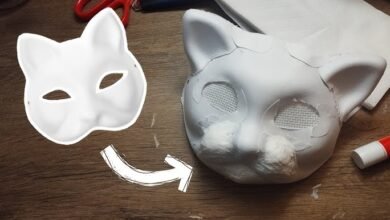Art:9zovjab_P4a= Rococo

Art:9zovjab_P4a= Rococo, emerging in the early 18th century, represents a significant departure from the grandeur of Baroque, favoring instead a delicate elegance infused with whimsy and personal expression. Characterized by intricate ornamentation and a playful approach to themes, this movement found its most notable champions in artists such as François Boucher and Jean-Honoré Fragonard. The enduring influence of Rococo can be observed in contemporary design and aesthetics, prompting an exploration of how its principles continue to shape artistic expression today. What aspects of Rococo’s legacy resonate most profoundly in our current cultural landscape?
Overview of Rococo Art
Emerging in the early 18th century, Art:9zovjab_P4a= Rococo represents a pivotal shift in aesthetic sensibilities, characterized by its ornate elegance and playful themes.
This movement influenced various domains, notably Rococo architecture, which featured intricate designs and asymmetrical forms, and Rococo fashion, emphasizing lavish fabrics and elaborate adornments.
Together, they encapsulated a spirit of indulgence, reflecting the era’s values of freedom and personal expression.
Read more: Art:9xiiwsz2q7o= Scratchy
Key Characteristics and Themes
Although often perceived as frivolous, the key characteristics and themes of Rococo art reveal a complex interplay of elegance and emotional depth.
Central to this style are ornate ornamentation and playful themes, which invite viewers into a world of whimsy and lightness.
This artistic movement celebrates intimacy, nature, and romance, fostering a sense of freedom that resonates through its intricate designs and vibrant narratives.
Notable Rococo Artists
Rococo art flourished in the 18th century, primarily through the contributions of several notable artists who epitomized its defining characteristics.
François Boucher and Jean-Honoré Fragonard excelled in creating Rococo sculptures and paintings, while architects like Antoine Watteau and Germain Boffrand designed opulent Rococo architecture, characterized by intricate details and playful themes.
Their works collectively embody the spirit of elegance and exuberance that defines Rococo.

Rococo’s Influence Today
The legacy of Rococo art persists in contemporary culture, influencing various artistic expressions and design aesthetics.
Modern design often embraces Rococo’s ornate elegance, evident in furniture and interior decor that favor playful curves and intricate details.
Additionally, fashion trends echo Rococo’s lavish embellishments, with designers drawing inspiration from its whimsical spirit, thereby celebrating freedom of expression through vibrant colors and elaborate patterns.
Read more: Art:9y449hplhr4= Wisdom
Conclusion
In conclusion, Art:9zovjab_P4a= Rococo serves as a vibrant symphony of ornate elegance and playful themes, resonating through the corridors of art history. Much like a delicate soufflé, this movement rose with lightness and whimsy, captivating audiences with its intricate designs and romantic undertones. The enduring influence of Rococo is evident in contemporary aesthetics, where its exuberance continues to inspire a myriad of creative expressions, ensuring that its legacy remains a vital thread in the tapestry of artistic evolution.





